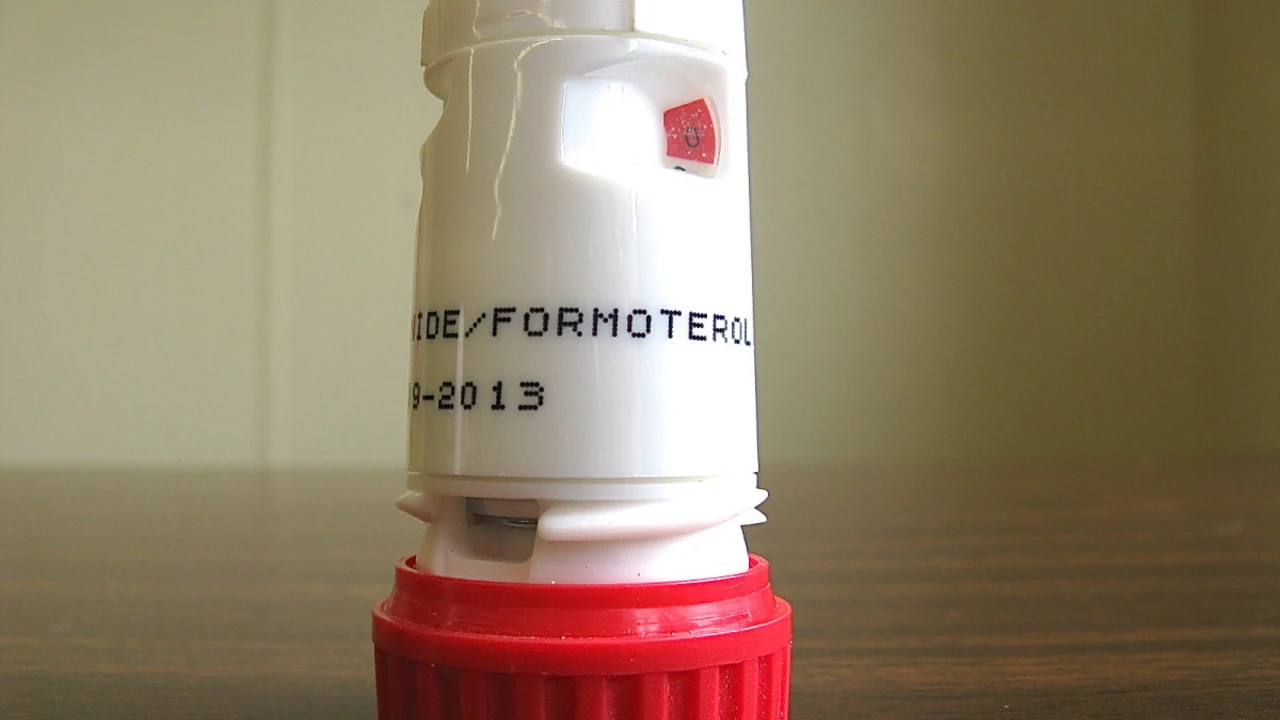Asthma Management: Simple Steps to Breathe Easier
Living with asthma doesn’t have to feel like a constant battle. Most of the time you can keep symptoms under control with a few daily habits and the right medication. Below you’ll find the basics that work for most people, plus a quick look at popular drugs like Symbicort.
Everyday habits that keep asthma in check
First, learn what triggers your attacks. Common culprits are dust, pollen, pet dander, smoke, and cold air. Keep a simple diary for a week – note when you cough or wheeze and what you were doing. That will tell you which exposures you need to avoid.
Next, clean your home regularly. Vacuum with a HEPA filter, wash bedding in hot water once a week, and keep windows closed on high‑pollen days. If you smoke, quit. Even a partner’s cigarette smoke can worsen asthma.
Exercise is good, but start slow. Warm up for five minutes, then do a low‑impact activity like walking or cycling. If you feel short‑of‑breath, stop, use your reliever inhaler, and wait a couple of minutes before trying again. Over time your lungs get stronger and you’ll need less medication.
Stay hydrated. Water helps thin mucus, making it easier to clear your airways. Aim for at least eight glasses a day, more if you’re active or the weather is hot.
Finally, have an asthma action plan. Write down your daily meds, rescue inhaler dose, and when to call a doctor. Keep the plan on your fridge or in your phone so you can see it at a glance.
Medications and how to use them right
Most asthma patients need two types of inhalers: a controller (often a steroid or combination inhaler) and a rescue inhaler for sudden symptoms. The controller is taken every day, even when you feel fine, to keep inflammation low. The rescue inhaler, usually a short‑acting bronchodilator, provides quick relief when you cough or wheeze.
Symbicort is a common combination inhaler that contains a steroid (budesonide) and a long‑acting bronchodilator (formoterol). It works both to reduce inflammation and keep the airways open. If your doctor prescribes Symbicort, use it exactly as shown:
- Shake the inhaler well before each use.
- Exhale fully, then place the mouthpiece in your mouth and seal your lips.
- Press the canister once while breathing in slowly and deeply.
- Hold your breath for about ten seconds, then breathe out.
- If a second puff is needed, wait about a minute before repeating.
Never use Symbicort as a rescue inhaler. If you need quick relief, reach for your short‑acting inhaler instead. Using the wrong inhaler can make symptoms worse and increase side effects.
Check your inhaler technique at each doctor visit. A lot of people think they’re doing it right, but even a small mistake can cut the dose in half. Ask the pharmacist to demonstrate and watch a short video if you’re unsure.
Side effects are usually mild – a sore throat or hoarse voice. Rinse your mouth after each use to avoid thrush, a fungal infection that can develop with steroid inhalers.
If you notice you’re using your rescue inhaler more than twice a week, it’s a sign your asthma isn’t well‑controlled. Call your doctor – you may need a higher dose of controller medication or a different inhaler.
Remember, asthma control is a partnership between you, your medicines, and your daily habits. Follow the steps above, keep your inhaler technique sharp, and you’ll spend more time breathing easy and less time worrying about attacks.


